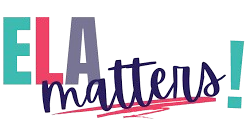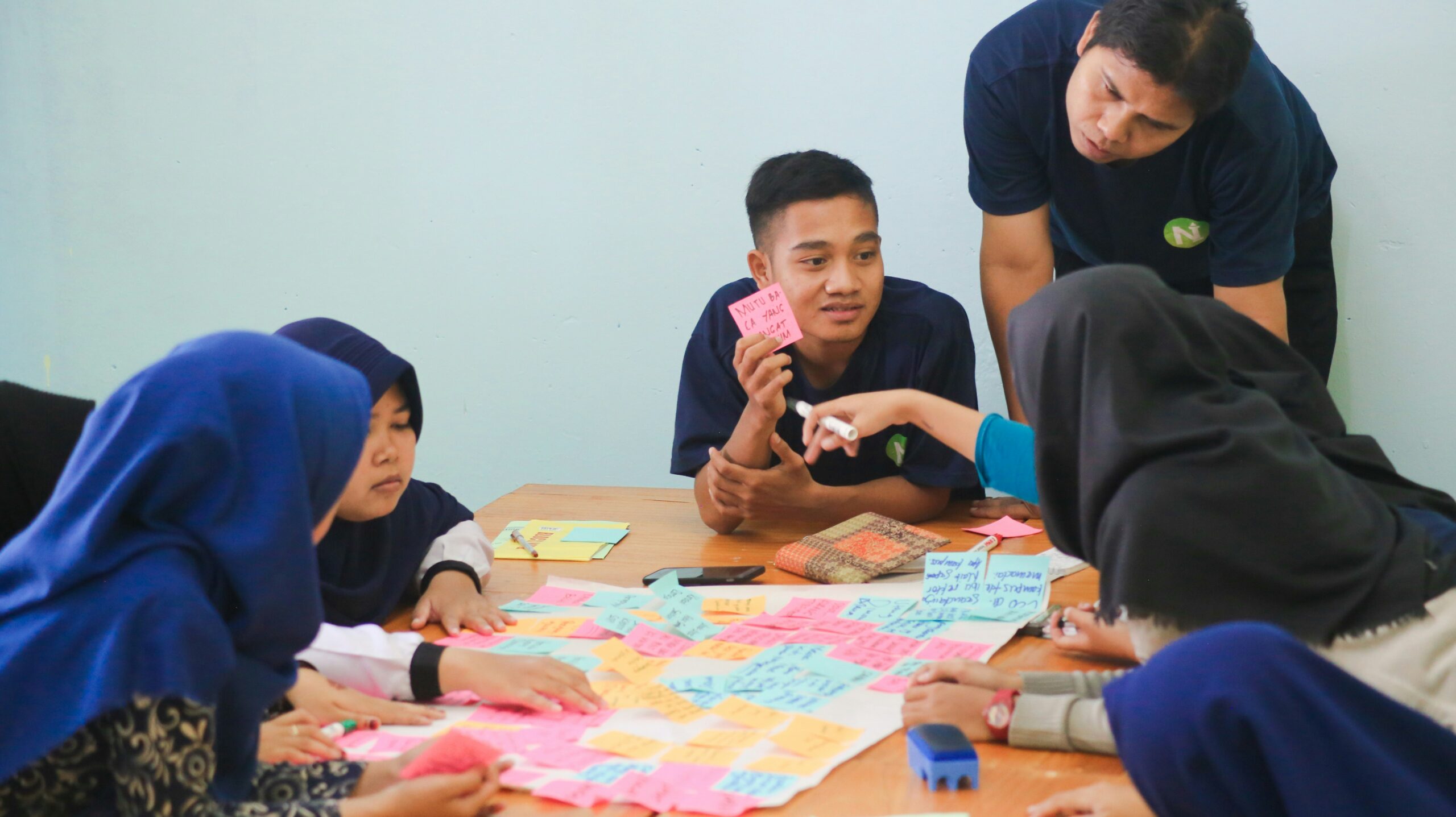The landscape of education is evolving at a rapid pace, and one innovative approach that’s making waves is Duaction. Imagine a learning method that seamlessly blends theory with hands-on experience, creating an enriching environment for both students and teachers. As traditional classroom settings face challenges in keeping up with the demands of modern learners, Duaction offers a refreshing perspective on how we acquire knowledge. This transformative concept not only redefines teaching practices but also prepares students for real-world applications like never before. Let’s dive into this exciting educational evolution and explore its profound implications for the future of learning!
The Theory of Duaction
The theory of Duaction blends learning through experience and theoretical knowledge. It emphasizes the importance of balancing both aspects to create a holistic educational approach.
At its core, Duaction focuses on active participation. Students engage in real-world scenarios while applying classroom concepts, making learning more relevant and impactful.
This approach encourages critical thinking, as learners must analyze situations and make decisions based on their understanding of theories.
Moreover, Duaction fosters collaboration among peers. Working together in practical settings enhances teamwork skills essential for future careers.
By intertwining practice with theory, this method aims to deepen comprehension and retention. The goal is not just memorization but genuine understanding that can be applied beyond the classroom walls.
How Duaction is Changing the Education System
Duaction is reshaping how we perceive education. It merges theory with practice, allowing students to engage actively in their learning journey. This approach encourages critical thinking and problem-solving skills that traditional methods often overlook.
Schools are increasingly adopting hands-on projects and real-world applications of concepts. Students no longer sit passively; they are participants in their own education. This shift cultivates a deeper understanding of subjects through experience.
Teachers also benefit from this change. They become facilitators rather than mere transmitters of knowledge, fostering an interactive classroom environment where collaboration thrives.
As Duaction evolves, it creates spaces for innovation within curricula. Educational institutions now seek partnerships with industries to provide authentic experiences. Such collaborations enhance the relevance of what students learn and prepare them better for future careers.
This dynamic between theory and practice nurtures lifelong learners who can adapt to an ever-changing world.
Advantages of Duaction for Students and Teachers
Duation opens up a world of opportunities for both students and teachers. For learners, it combines theoretical knowledge with real-world application. This method enhances understanding, making lessons more relatable and engaging.
Teachers also benefit from Duaction by adopting diverse teaching strategies. They can tailor their approaches based on student needs, fostering a dynamic learning environment.
Collaboration becomes key in Duaction settings. Students often work together on projects, building teamwork skills while gaining insights from peers.
Additionally, this approach encourages critical thinking. Students learn to analyze situations beyond textbooks, preparing them for the complexities of modern life.
For educators, witnessing students actively engage in hands-on experiences is rewarding. It fosters a passion for teaching when they see tangible results from their efforts.
Duaction transforms traditional roles within education into something vibrant and effective.
Examples of Successful Implementation of Duaction
Schools around the world are embracing Duaction, blending theory with hands-on experience. One standout example is a progressive high school in Finland. They integrate local businesses into their curriculum. Students engage in real projects that require both research and practical skills.
In the United States, a community college has adopted Duaction by partnering with tech companies. Students work on live coding projects while learning theoretical concepts simultaneously. This approach ensures they graduate job-ready.
Across Asia, several universities incorporate internships as part of degree programs. Here, students apply classroom knowledge to solve actual industry challenges.
Each instance demonstrates how effective this method can be when properly implemented, inspiring others to follow suit in various educational sectors worldwide.
Challenges and Criticisms of Duaction
Despite its promising approach, Duaction faces several challenges. One major issue is the resistance from traditional educators. Many are accustomed to conventional teaching methods and may view Duaction as a threat to their established practices.
Another concern is resource allocation. Implementing Duaction requires investment in training and materials, which can be a significant hurdle for underfunded institutions. Schools must find ways to integrate these new methods without compromising existing programs.
Assessment also poses difficulties. Evaluating students’ performance through both theoretical knowledge and practical application can complicate grading systems. Educators need clear metrics that reflect student understanding effectively.
Moreover, there’s the question of accessibility. Not all students have equal opportunities to engage with hands-on experiences or real-world applications outside the classroom setting. This disparity could widen educational gaps rather than bridge them, raising concerns about equity in learning outcomes within the framework of Duaction.
Conclusion:
The potential impact of Duaction on the future of learning is immense. This innovative approach bridges theoretical knowledge with hands-on experience, creating a more engaging and effective educational environment. As educators embrace this model, we may see shifts in curriculum design, assessment methods, and student engagement.
With Duaction at the forefront, students are likely to develop critical thinking skills while applying concepts in real-world situations. Teachers can better tailor their instruction to meet diverse learning needs through practical application.
Moreover, as institutions adopt Duaction principles widely, it could lead to an education system that prioritizes lifelong learning. Students will be prepared not just for exams but for challenges beyond school walls.
As discussions about education evolve, embracing models like Duaction can lead us toward a brighter future where learners thrive through both theory and practice. The journey has just begun; its outcomes promise to reshape how we learn and teach for years to come.

